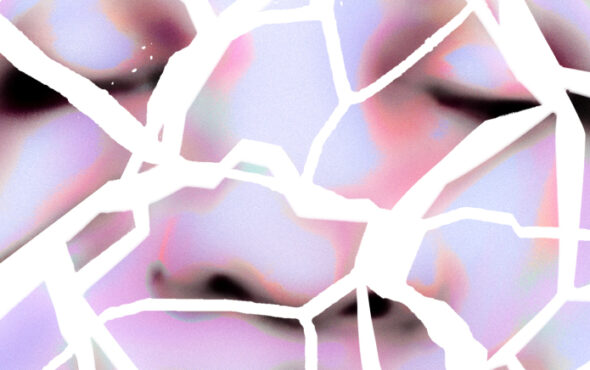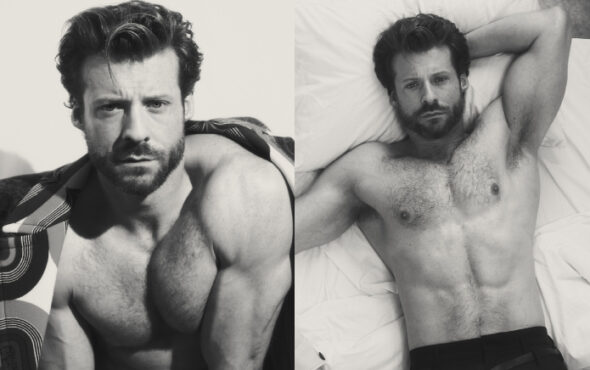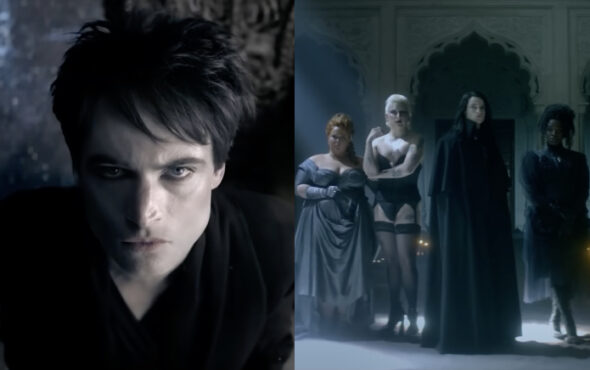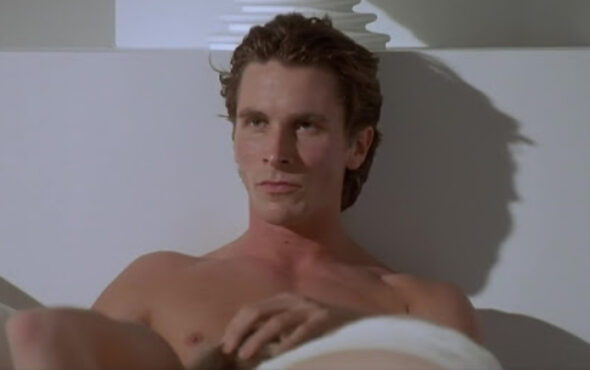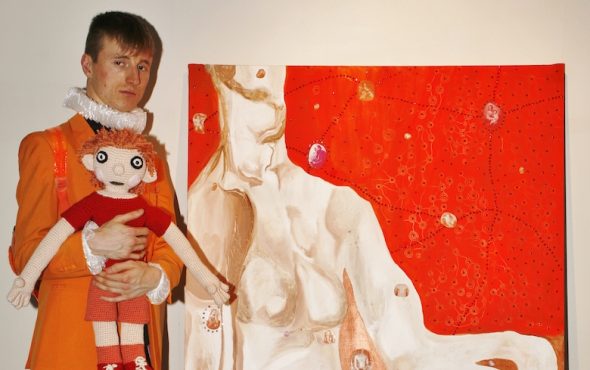
This personal ‘episodic’ account and manifesto discusses the ways in which sexuality and Neurodivergence may be experientially related… does solitude have to be a negative venture?
Pride celebrations over the summer also include International Disability Day and Autistic Pride. Though separate events, together these encourage solidarity in the ways in which we think, love, identify and express ourselves differently. This visual and written account reflects upon how Neurodiversity, Disability and Pride overlap, and why we should adjust our communication to support others.
“[Wendy] said she would give him a kiss if he liked, but Peter did not know what she meant, and he held out his hand expectantly. “Surely you know what a kiss is?” she asked, aghast. “I shall know when you give it to me,” he replied stiffly, and not to hurt his feeling she gave him a thimble.”
This scene from the book Peter Pan relates to me what it is like to be perceived whilst at the same time attempting to approach relationships as a young autistic queer person. To be misunderstood, or for people to expect much of you in affection or intimacy without one’s willingness to adjust their own physical and verbal communication.
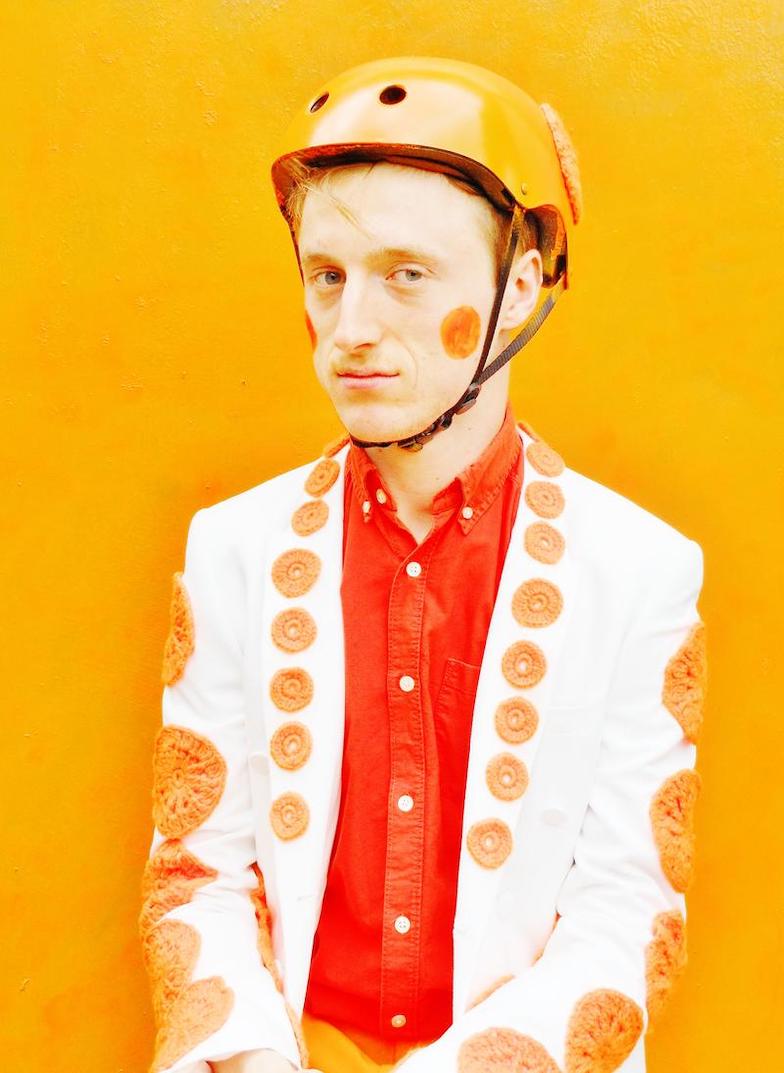
Orange Boy, 2018
This seems at odds by some within a culture that has an extreme emphasis on belonging and identity. For those with a range of neurological conditions including Autism (ASD), Dyspraxia, Dyslexia, Tourette’s, ADHD, and Bipolar, collectively relating as a ‘Neurodivergent’, a term which defines individuals with variation in thought processing in relation to sociability, learning, attention, moods and other mental functions, risks are occurrences sometimes shared.
Like Greta Thunberg, I was mute as a child. I relied upon speech therapy to develop, understand, and exchange language. Coincidently visiting galleries whilst in and out of the ‘Peter Pan Ward’ as a patient at Great Ormond Street Hospital, I learnt human emotions through observing historical portraiture as opposed to mimicking speech from parents. Museums and libraries became the haven in which I studied queer artists, artefacts from Ancient Greek and Romans through pots such as the Warren Cup. Visibility and representation at an early age is important for marginalised people, instead of our existence being erased or shielded by wider society, seeing other disabled people in hospitals and queer narratives in art I saw we existed, and together these helped me consider myself.
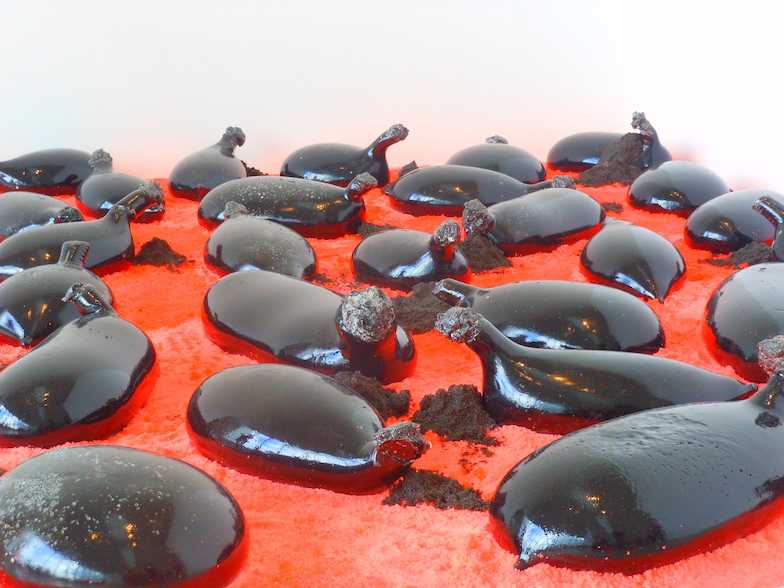
Precious Boys#2, 2016-17
This sense of awareness also of my own conditions during childhood is understood through being conscious of what others see as ‘behaviours’. Experiencing self-harming through the anxiety of being around others, finger and hand flapping, tics that see my body contract sometimes popping out joints, slurring speech, repeating and imitating people’s speech, perceiving language as mutative and fragmented, verbal processing delay, involuntarily merging or speaking sentences backwards, being overwhelmed through attempting to process multitudes of conversations around you individually, and having audial or visual hallucinations informed by sensory aspects of memories such as smells and sounds. Years later aspects of these visuals and experiences all translated into the founding materials and scenes directly used to produce work, often to combat fears, relating to how I process and understand my environment and communicate with others.
We need to recognise that these attributes are not universal to all autistic people, in the same way that only a small minute individuals have the stereotyped ‘gifts’ portrayed in contemporary media, have varying abilities, and have different social experiences. It is this dichotomy of the extremes of media’s representation of us which fuels these assumptions and negative representation.
This complexity is explored in Tim Burton’s Edward Scissorhands, a solitary ‘outsider’ who is embraced collectively by the public who objectify him for his talent but in reality don’t accept and most importantly support him. So suddenly as he is embraced, prejudice and misunderstanding pose confusion for him and others. Failure for others to find alternative means to communicate with him, he is quickly oppressed as quickly as he was glorified.
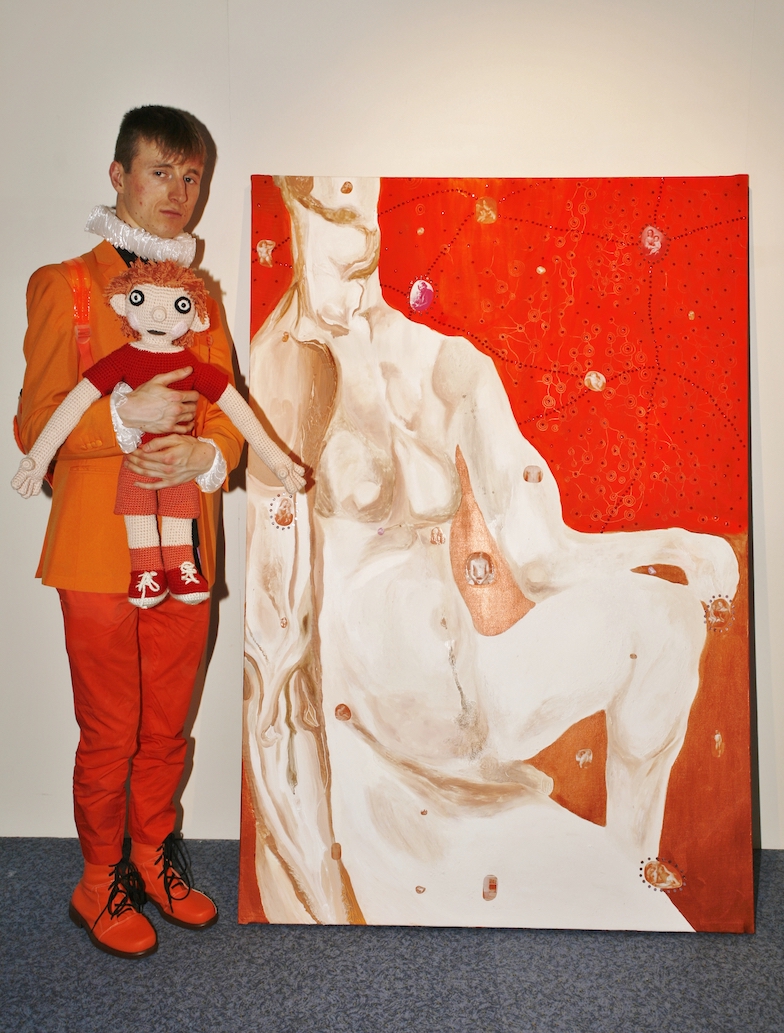
George Morl as Edvardo Shadalow, 2018
As autistic people, we want others to value us because of who we are, not what we are. Too often our talents and skills are consumed but our voices are not validated. We want to be understood and accepted, not objectified or subjected to societal aggressions. If you know or meet one autistic person you only are aware of one person’s account. Not one person’s needs are the same as another and we need to embrace all these experiences, for neurological processing is indistinctive and on a spectrum similar to our ranges in sexuality or the ways in which we express ourselves, or identify through gender.
This distinction extends to my image. As a child my mother dressed me in bright colours to be seen amongst crowds which resurfaced following family bereavement after having looked at a photograph of me as a child smiling in orange clothes. The colour thereon became a repetitive motif in which I associate orange with comfort. Through this I become the ‘Orange Boy’ dressing as a child, or as a confident genderfluid adolescent ‘Edvardo Shadalow’ the latter name being reclaimed from a seemingly erased familial Jewish ancestry.
These personas become a means to confront emotions externally, utilising them to explore society’s stereotypes of those with neurological conditions through juxtaposing myself alongside artwork which often explores sexuality, body-image, assault, human connection, gender, as well as queer history’s complicated notion of youth. Fundamentally in the same way a thimble became a symbol of affection in Peter Pan, orange becomes the substitute or channel for affection.
This complicated search for belonging and affection is complicated in queer history. As disabled LGBTQ+ people we can sometimes see ourselves as outsiders within an already marginalised community. In the same way queer people may have had to disguise or perform versions of themselves to avoid or minimise prejudice, autistics may ‘mask’, adjusting our behaviour, mimicking or staging communication, attempting to align with norms in social relations to fit in. Rather than disguise, for me collectively persona and artwork oscillate as a form of silent protest documenting perspectives in sociability or immobility from spinal, physical, mental, and neuro conditions.
https://www.instagram.com/p/BqNANJ5nuhW/?utm_source=ig_embed
Our voices despite art history’s erasure would not be possible had Frida Kahlo not been pivotal in paving the way for disabled LGBTQ+ individuals, through documenting her traumas or queerness through personal iconography, often utilising objects relating to her conditions as art objects. Her work was not just about experience but validation of her pain, her voice. She protested through her paintings often bed bound, in the same way today other disabled artists used twitter recently in solidarity of the #WeShallNotBeRemoved art and disability movement.
I’ve realised now in being autistic when there is a misunderstanding it’s normally due to another non-autistic person (‘Neurotypical’) not adjusting their communication. This is when we are forced to disclose and ‘unmask’ ourselves to another. When someone becomes offended or shifts responsibility, it’s a defence mechanism because the situation required them to consider their own conditioned and learned approach to communication. It is not our responsibility as autistic people to educate neurotypicals, in the same way we are not defined by ‘issues and difficulties’, but rather experience barriers in which we are expected or may be unable to adapt because of how society is structured.
This extends to relationships where to come out as autistic has a weight of prejudice and stigma largely down to negative portrayals in contemporary media and lack of true awareness. We may be passed over once we disclose and misunderstood if we don’t. We don’t always have the same privilege to be ourselves around other queer people. I’ve often had an extreme fear of rejection associated with this, as well as understanding affection or when to express it, due to not fully interpreting others facial expressions and emotions. Often I find myself being shamed by others but our condition shouldn’t be used as a scapegoat for others ignorance and ableism. To understand your needs more we may require clearer and direct communication because we process thoughts and sensations in a different way.
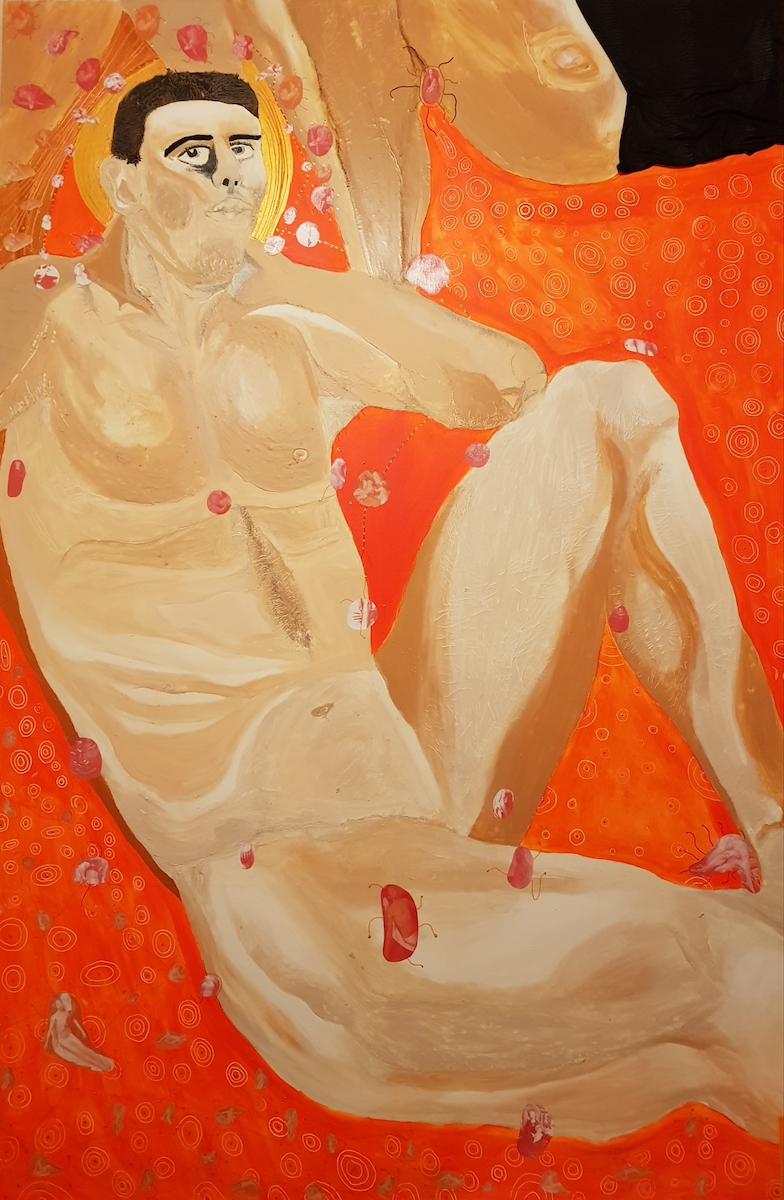
Intimacy In An Age Of Physical Absence, 2020, 2020
This also is experienced in the navigation of sexuality during adolescence where due to hypersensitivity means I have to approach environments and physical intimacy differently. I am able to feel my bones vibrate when they move, feel blood pulsate, and a touch can feel like a punch. In the painting Intimacy In An Age Of Physical Absence 2020, 2020 I perceive the body as a series of increased pressure or pain points as accentuated bones and muscles. I see bodies as moving networks. They are often gender fluid, fragmented and morphed. Under the psychiatric and neuroscience principle of ‘Neologism’ I use images and words that are meaningful only to me independent of common understanding, prioritising individual experience over others assumptions. And like art history which favours proportion and ratio in representation as quality and idealisation through the ‘golden ratio’ in Ancient Greek sculptures, this aligns with abled-bodied ideals. My work rejects these notions where those with physical disabilities, Neurodivergence, deaf, blind, or those with sensory processing, our intensified or lessened senses means our experience of our bodies and of environments are different. Our reality often exists through differing perceptions which informs our experience. It is only through listening to our perceptions that others learn and validate our experiences.
Processing may also affect our ability to share in platforms in which queer people connect and meet. Interactions with LGBTQ+ student societies are not always ASD accessible, dedicated LGBTQ+ events at night clubs often are characterised by loud environments or intense contact where instances of sexual assault maybe minimised as sexual liberation, and dating apps may be difficult for some people with sensory processing issues as we may have to familiarise ourselves with an environment or as I do sensitise myself to another’s touch. Immediacy in digital lives doesn’t always allow for this. We may require a safe space. If as an autistic person we equally want to experience this sense of belonging, affection, or intimacy where do we go?
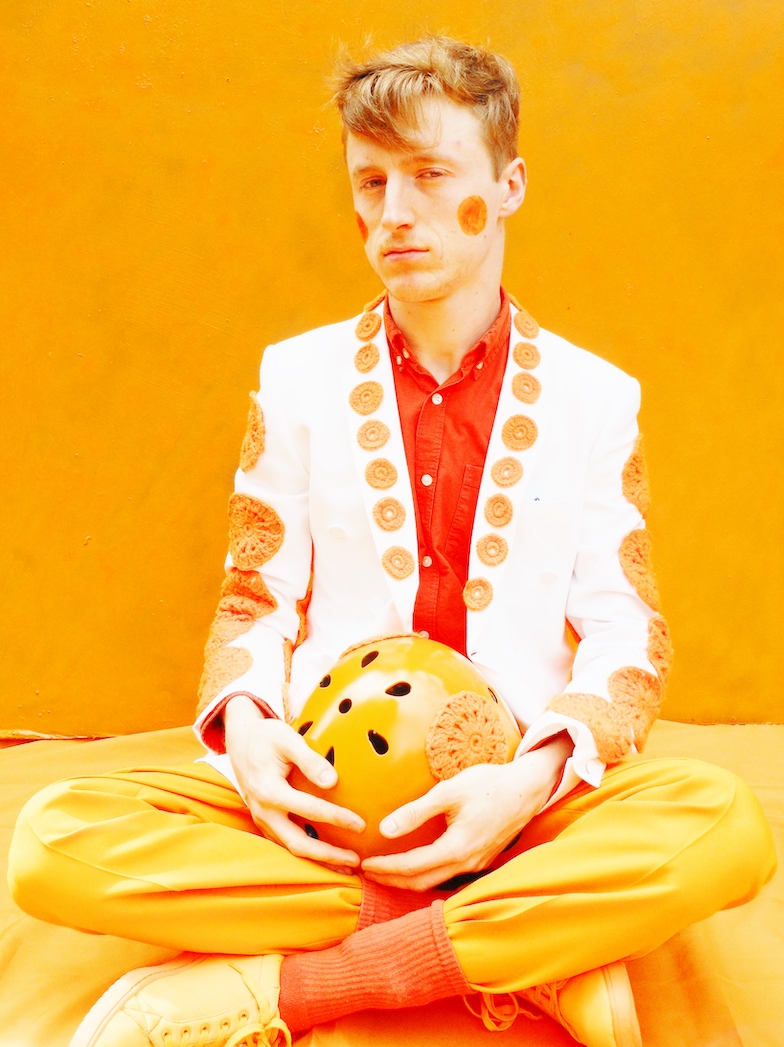
Orange Boy, 2018
This is interesting as a queer person when we consider that when historically LGBTQ+ relations were illegal in the UK, under persecution queer culture used means including secret languages like Polari, or established spaces such as meeting points in public spaces, formed secret underground societies, or Gay Bars to find alternatives in seeking commune and to exist mutually. We must make similar approaches for disabled LGBTQ+ people through creating accessible and safe places, which are spaces where we can express ourselves freely without fear or judgement. This means being understood in respective of different ways in which we express ourselves. This can be facilitated through mutual understanding of communication where within autistic communities languages such as Makaton or Sign Language are embraced. As a community if we truly want to support each other we need to explore different approaches to communication and facilitate safe spaces for others for those who require it.
Through engagements with queer spaces I feel those who believe they are socially and politically aware are more likely to not consider their own prejudices because their identity is related to seeming to be diverse or ‘morally right’ as individuals, even when their collective actions don’t necessarily match these values. Vulnerability and empathy means nothing if it is performative. To reach true ‘allyship’ for disabled LGBTQ+ we may make mistakes, we must learn, question ourselves, take action, in order to find resourceful ways to support others.

Future Touch (Synapse)#2, 2019
Apprehension to conversations around autism and sexuality maybe informed by a society in which we have a bias towards those who have developmental, neurological, or learning conditions in terms of seeing them potentially as ‘eternally immature’ or unable to have sexual autonomy or self-determination. We subconsciously infantilise them. The recent #WeAreNotConfused selfie protests on Twitter by Autistic Trans and Non-Binary individuals surfaced in response to JK Rowling’s blog implying Autistic people don’t have autonomy. By targeting those who may be less privileged in ‘conventional communication’, too often we are forced to navigate online platforms to defend ourselves from a society that is intent on minimising our experiences. This is why we utilise online spaces more, converse over chatrooms because we don’t have to navigate barriers regarding in person communication, or play video games where we can form routines in virtual spaces such as Animal Crossing.
In rejection of these negative stereotypes of neurodivergents, Florence Welch’s fragmented energetic bodily performances, Rebekah Ubuntu’s blends of fictional and electro afro- futuristic music performances which reclaim queer spaces, or Billie Eilish’s application of everyday sounds in her music juxtaposed with counter protest lyrics articulated through her song Bad Guy and short film Not My Responsibility, facilitated permission for other ‘Neuroatypical’ people to express their thoughts or become autonomous people out of their own right.
As Neuroatypicals, in particular autistics, expressing ourselves and our nuances in rejecting societal norms, mean we are more likely to mitigate relationships and identify differently to binary and heteronormative society. Personally I see autism, sexuality and gender like a matrix, as a metaphor for a Hieronymus Bosch painting which contains multiple layers of mutated and morphed creatures, with multiple meanings and outcomes. My identity fluctuates, I never feel fully one being or one gender, process my environment in a flux continuum, and do not feel the need to exist with intense contact with one person, and I question the presumption of monogamy, because I see people for who they are as opposed to imposed ‘societal values and status’. I welcome everyone as an opportunity to learn from; as Aurora says we [must] exist for love.
People may be surprised to find that autistic people specifically are more likely to not identify with heterosexuality or binary genders. One Swedish survey reports that autistic adults were three times more likely to identify as LGBTQ+ compared with the wider population. In another US clinical report 70% of individuals responded as being non-heterosexual. According to Twainbow a charity and organisation that advocates for those with autism and who are LGBTQI+, 45,157 people in the UK are LGBTQ+ and autistic. As LGBTQ+ people we are in fact overrepresented in the ASD community but not represented or treated positively by wider society.
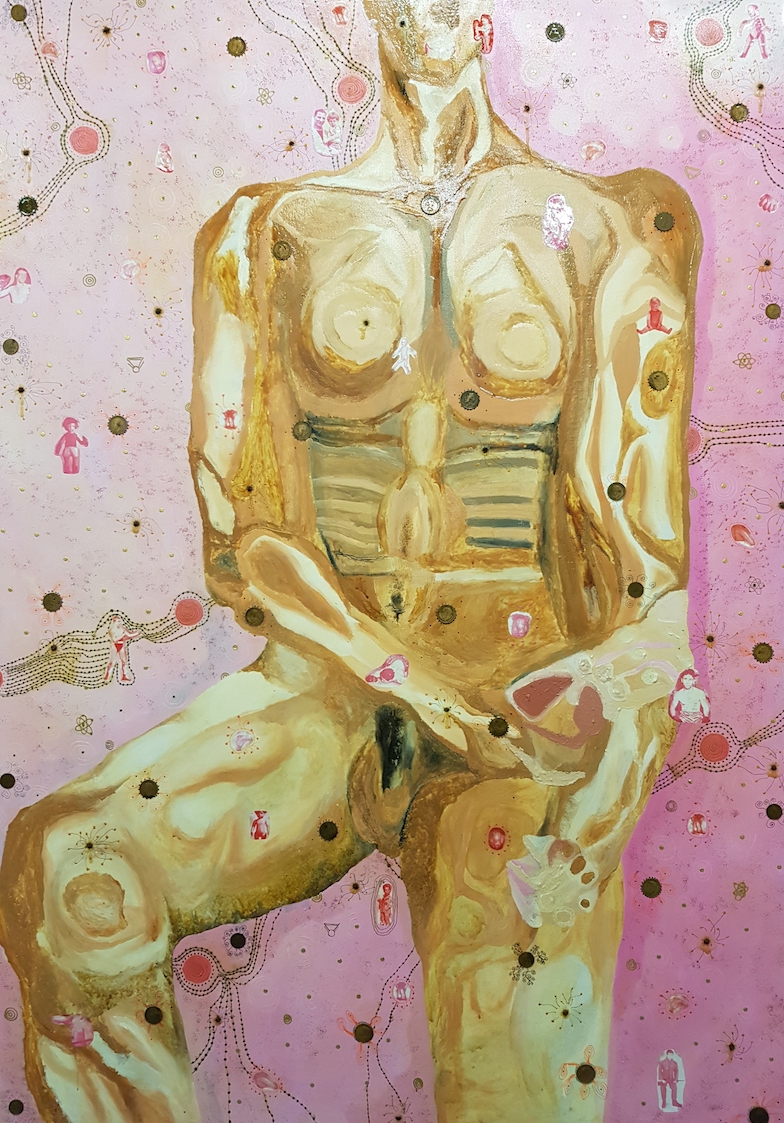
Symptomology Of A Basildon Boy, 2018
Despite these statistics it is the nature of interpreting communication and environments that may result in us being exploited as described by The National Autistic Society. In their Careless 2014 campaign 49% reported as having been abused by those known to them. Whilst I was a student I had experiences of being attacked on trains, punched due to my tics being misunderstood, taken to hospital due to drinks being spiked, sexually assaulted inside venues, stoned and stalked in public due to how I dress, had people in positions of trust exert their influence on me, and had boundaries of consent violated.
On an emotional level we cannot always identify manipulation and coercion; someone can reassure us with conviction and us feeling of not wanting to disappoint another, we may act out the interest of others. Inability to respond verbally due to a communication barrier, or out of fear, or silence, is sometimes interpreted as a sign of consent, or the situation of the environment means there is no safe escape and so become conditioned and pressured into acts in order to protect our safety, finding ourselves being sexually exploited.
As a society our concept of consent is dependent on the exchange and understanding of communication. Where someone may have greater privilege through ‘conventional communication’ there may be a greater responsibility to ensure consent is accountable. For those with autism our ways in which we communicate may differ from others, therefore to understand another’s expression of communication is to understand our boundaries. This doesn’t mean we aren’t sexually autonomous, in the same way all instances of sexual relation require consent. This is why we need a sexual education that is representative and inclusive for people with different sexual orientations and disabilities. If we are unable to understand another how can we guarantee consent. Ultimately in the case of sexual assault it creates a sense of wider distrust of others which can intensify isolation.
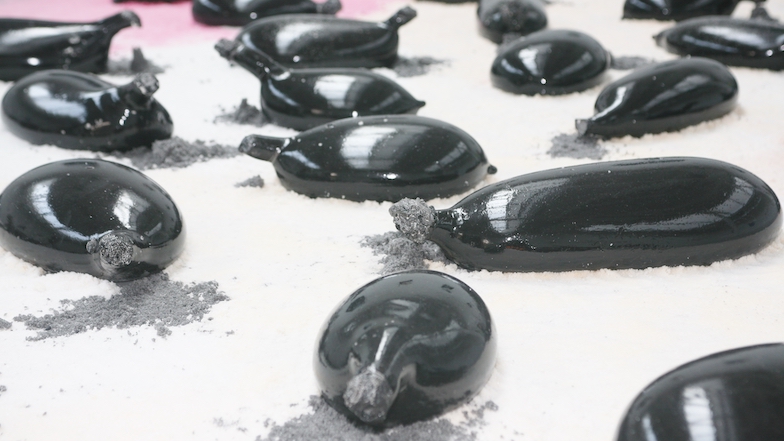
Precious Boys, 2018
As one Government poll suggests, universal experiences of isolation and loneliness are excelling in society notably among young people. The recent Coronovirus pandemic lockdown has also exposed the ways in which LGBTQ+ as well as autistic people’s mental health has increasingly proportionally deteriorated, often due to the networks, routines, systems, platforms in which we seek support, communication or modes of intimacy having been depleted or radically changed.
Our experience of isolation is not wholly because of the pressures and the restricted ways in which as LGBTQ+ people we struggle to seek authentic connection, which is often more intensified by those living in rural and less urbanised area due to lack of access. For those who are queer and disabled, isolation may bear down more heavily because the ability for us to get social mobility and develop employability are less due to access, which would enable us to move to areas with an increasing queer visibility. As a result we don’t necessarily have the same opportunities to form meaningful connections, which puts us at a disadvantage from accessing communities and support, as well as how people may treat or perceive autistic people further excluding us away from social networks.
This treatment extends to professionals such as police officers, therapists, and doctors surrounding the misunderstanding or awareness of autism due to lack of training meaning they cannot always tailor their approaches for us. The ways in which autistic people express themselves is often a response to stimuli and changes around us. This sense of stigma in seeking support is also something shared by LGBTQ+ people which becomes confounding given that around 80% of young autistic people have severe mental health issues, coupled with the fact that as Stonewall reports LGBTQ+ people are also at higher risks of attempting suicide and substance abuse. Greater understanding and adjusting our approaches can help alleviate these instances.
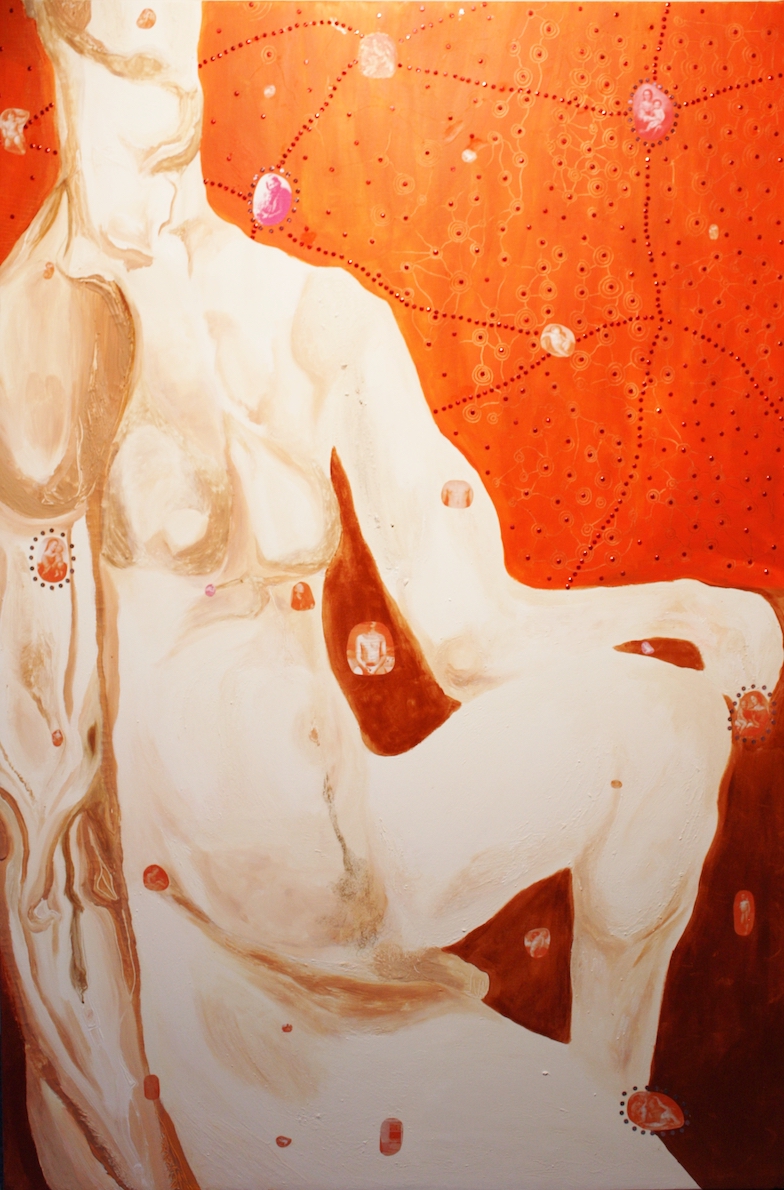
Disposition of Digital Youth, 2018
In relation to these social issues at art school I received treatment for a mood disorder during which psychotherapy became the means I learnt about myself and processed trauma. Through this and my work I identified and become emphatic of others, through personal perspectives responding to the rise of violence to young gay men seeking affection through apps such as Grindr in Disposition of Digital Youth, documenting sexual assault in Future Touch through abstract microscopic visuals, understanding the fears which fuel body- image issues in Symptomology of a Basildon Boy, or visioning imaginary utopian installations in which alluring torsos rest upon pigmented crystals whilst creating a retreat for those in distress in Precious Boys#2, whilst reflecting on the growing number of young suicides in post-industrial or rural regions.
My last session of therapy coincidentally was the last of being a student where I packed everything into a plastic duvet wrapper. Parting ways with my therapist several weeks later I landed a solo show at Southend Museums. From all these dialogues, exchanges of communication, being vulnerable, I learnt that solitude doesn’t have to be a negative experience. For me I perceive it as an act of release, from dancing to Lorde’s Perfect Places in a field at three in the morning, attending music concerts like Troye Sivan alone, or going on spontaneous hundreds miles pilgrimages to see a Grayson Perry artwork. Although imagination and solitude is my haven I desire connection as much as others. For LGBTQ+ rights we have seen increasing legal change in past decades but for some Neurodivergents it is acceptance and understanding from others that we may need others to adjust their approach. After all equality is not the same as supporting emotional stability, and that is something that can’t be legislated for but ensured through mutual human understanding. As the writer Adam Adeli says “Queer people anywhere are responsible for queer people everywhere”, and adjusting our communication for others and the facilitation of safe spaces is key to this.
You can visit George Morl’s official website to view more of his work.
Artworks George Morl
Artist Image Emily Jayne Boyd
